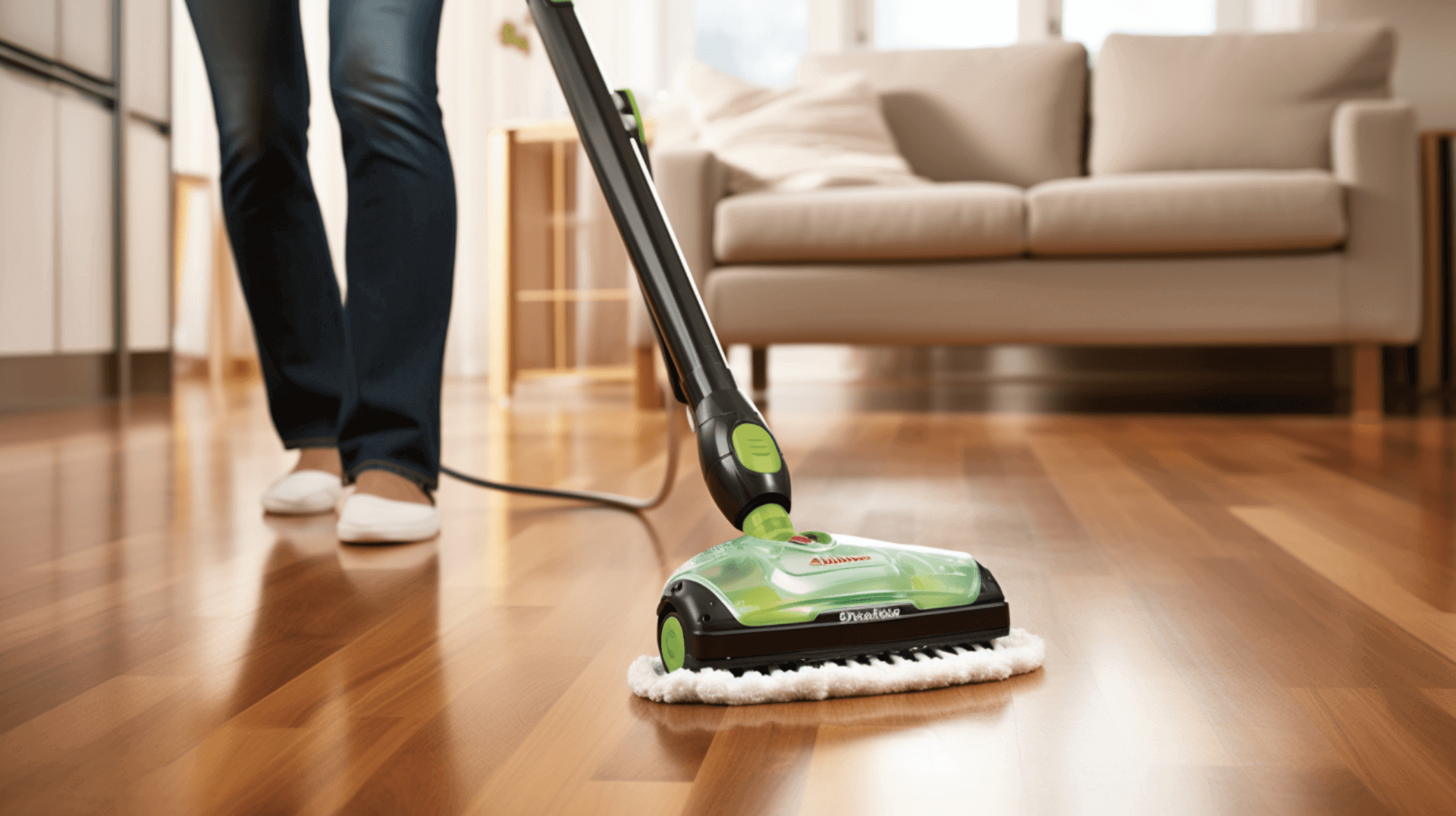Understanding Mold and Mildew: The Invisible Threat to Wooden Floors
Understanding Mold and Mildew: The Invisible Threat to Wooden Floors
Mold and mildew are two common and destructive threats that can wreak havoc on wooden floors. While they are similar, there are some key differences between the two. Mold is a type of fungus that thrives in damp, dark, and warm environments, while mildew is a specific type of mold that grows on surfaces. Both can cause serious damage if left unchecked.
There are several common causes of mold and mildew on wooden floors. High humidity is a major factor, as it creates the perfect conditions for mold and mildew to grow. Poor ventilation can also contribute to their growth, as it traps moisture and prevents proper airflow. Additionally, water damage, such as leaks or flooding, can provide the moisture necessary for mold and mildew to thrive.
The damage caused by mold and mildew on wooden floors can be extensive. They can lead to discoloration, warping, and cracking of the wood, as well as emit a musty odor. Furthermore, mold and mildew can weaken the wood, making it more susceptible to further damage. In some cases, they can even cause the wood to rot and become structurally unsound.
For homeowners and business owners, it is crucial to take preventive measures to protect wooden floors from mold and mildew. This includes maintaining low humidity levels, ensuring proper ventilation, and addressing any water damage promptly. Regular cleaning and inspections can also help detect and prevent the growth of mold and mildew.
The Health Implications of Mold and Mildew on Wooden Floors
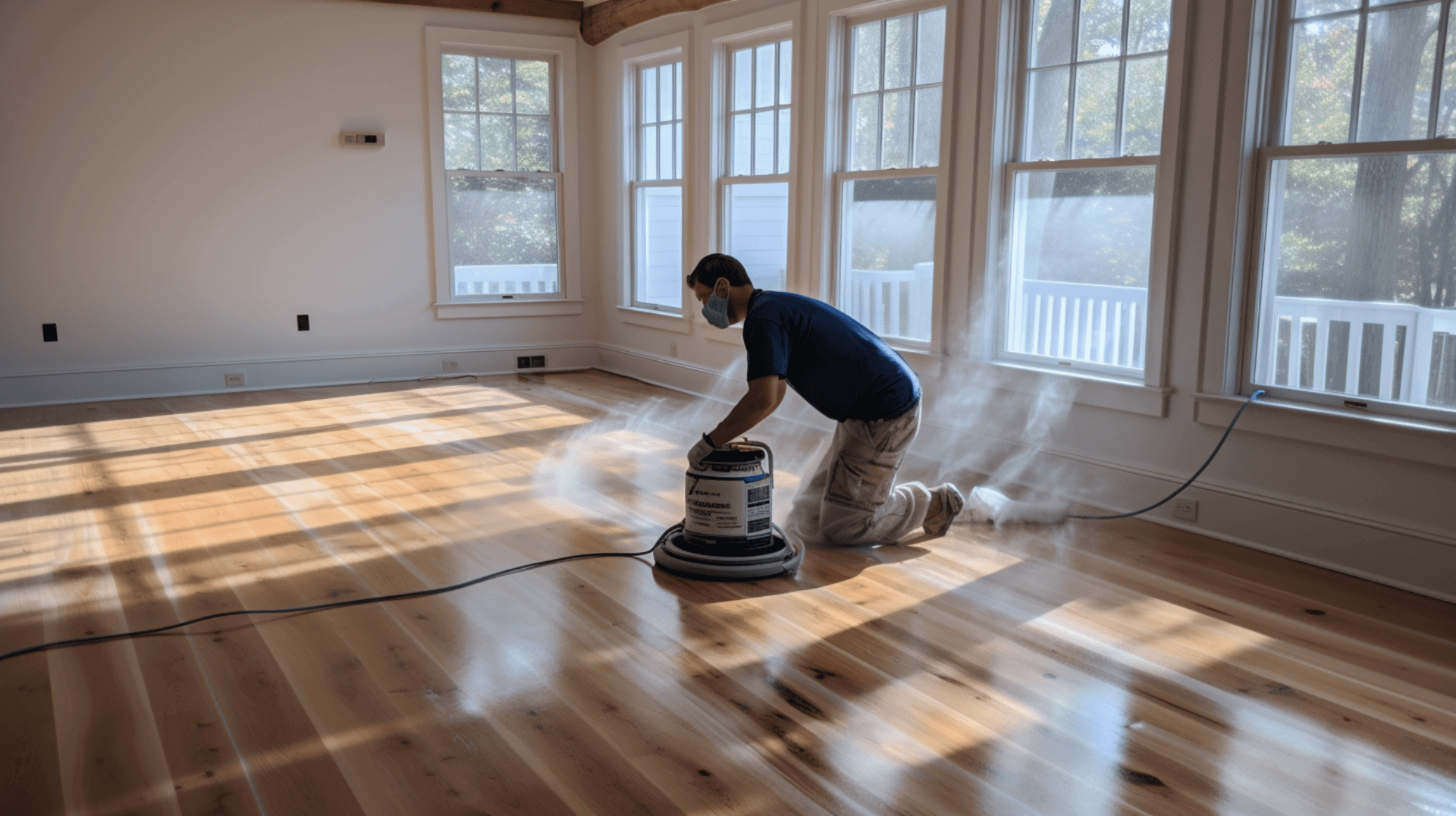
The Health Implications of Mold and Mildew on Wooden Floors
Mold and mildew can have serious health implications when present on wooden floors. Exposure to mold and mildew can cause a variety of health issues, including respiratory problems, skin irritation, and allergic reactions. In some cases, it can even lead to more serious health conditions, such as asthma and chronic lung disease.
Mold and mildew on wooden floors can also affect indoor air quality. As they grow, they release spores and other particles into the air, which can be inhaled and cause health problems. Additionally, mold and mildew can cause a musty odor, which can be unpleasant and irritating.
Under the latest iteration of the Energy Company Obligation (ECO), it is important to take extra precautions to protect vulnerable populations from the health risks associated with mold and mildew, especially when installing insulation below the floorboards or timber decking. Children, elderly, and pets are particularly vulnerable to the health risks associated with mold and mildew. Children and the elderly are more likely to suffer from respiratory problems, while pets can experience skin irritation and other health issues.
To protect against the health risks of mold and mildew on wooden floors, homeowners and business owners should take preventive measures. Regular cleaning and inspections can help detect and prevent the growth of mold and mildew. It is also important to maintain low humidity levels, ensure proper ventilation, and address any water damage promptly.
Recognizing the Signs of Mold and Mildew on Wooden Floors

Recognizing the Signs of Mold and Mildew on Wooden Floors
Recognizing the signs of mold and mildew on wooden floors is essential for homeowners and business owners to protect their floors from damage. There are several telltale signs that can indicate the presence of mold and mildew on wooden floors.
One of the most common signs of mold and mildew on wooden floors is discoloration. The wood may appear darker or lighter than usual, or it may have a yellow, green, or black tint. Additionally, the wood may have a musty odor, which is a sign of mold and mildew growth. Warping or cracking of the wood can also be a sign of mold and mildew, as the wood absorbs moisture and weakens. In some cases, the wood may even rot, which can lead to structural instability.
Visual inspections can help identify these signs of mold and mildew on wooden floors. Look for any discoloration, warping, or cracking of the wood. If you notice a musty odor, it is likely that mold and mildew are present. to confirm the presence of mold and mildew, it is recommended to use a moisture meter. This device measures the moisture content of the wood and can help detect the presence of mold and mildew.
If mold and mildew are suspected, it is important to take immediate action to prevent further damage. This may include addressing any underlying moisture issues, improving ventilation, and seeking professional assistance for remediation if necessary.
Preventive Measures: How to Keep Mold and Mildew at Bay
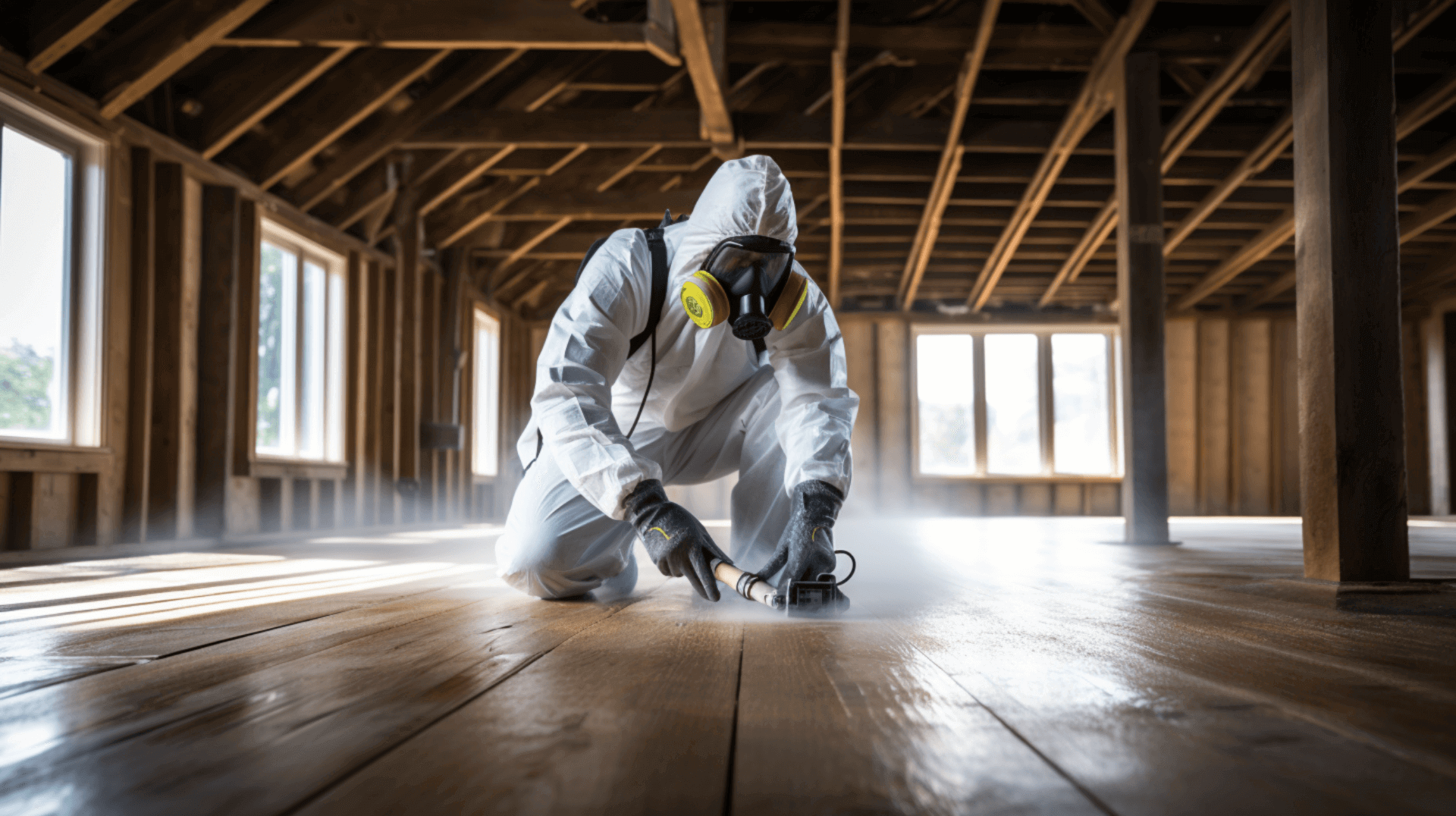
Preventive Measures: How to Keep Mold and Mildew at Bay
Preventive measures are essential for protecting wooden floors from mold and mildew. To reduce the risk of mold and mildew on wooden floors, homeowners and business owners should follow these best practices:
- Maintain low humidity levels: Mold and mildew thrive in high humidity environments, so it is crucial to keep humidity levels below 50%. This can be achieved by using dehumidifiers or air conditioners and ensuring proper ventilation.
- Ensure proper ventilation: Poor ventilation traps moisture and prevents proper airflow, creating an ideal environment for mold and mildew growth. Adequate ventilation can be achieved by opening windows, using exhaust fans, or installing ventilation systems.
- Address water damage promptly: Leaks or flooding can provide the moisture necessary for mold and mildew to thrive. It is important to identify and repair any water damage as soon as possible to prevent further moisture buildup.
- Regular cleaning and inspections: Regularly clean and inspect wooden floors to detect and prevent the growth of mold and mildew. Pay attention to areas prone to moisture, such as bathrooms or basements.
- Use mold-resistant materials: When installing insulation below the floorboards or timber decking, choose materials that are resistant to mold and dampness. This can help prevent moisture buildup and inhibit the growth of mold and mildew.
By following these preventive measures, homeowners and business owners can effectively protect their wooden floors from the damaging effects of mold and mildew. Regular maintenance and vigilance are key to ensuring the longevity and health of wooden floors.
Cleaning and Maintenance: The Key to MoldFree Wooden Floors
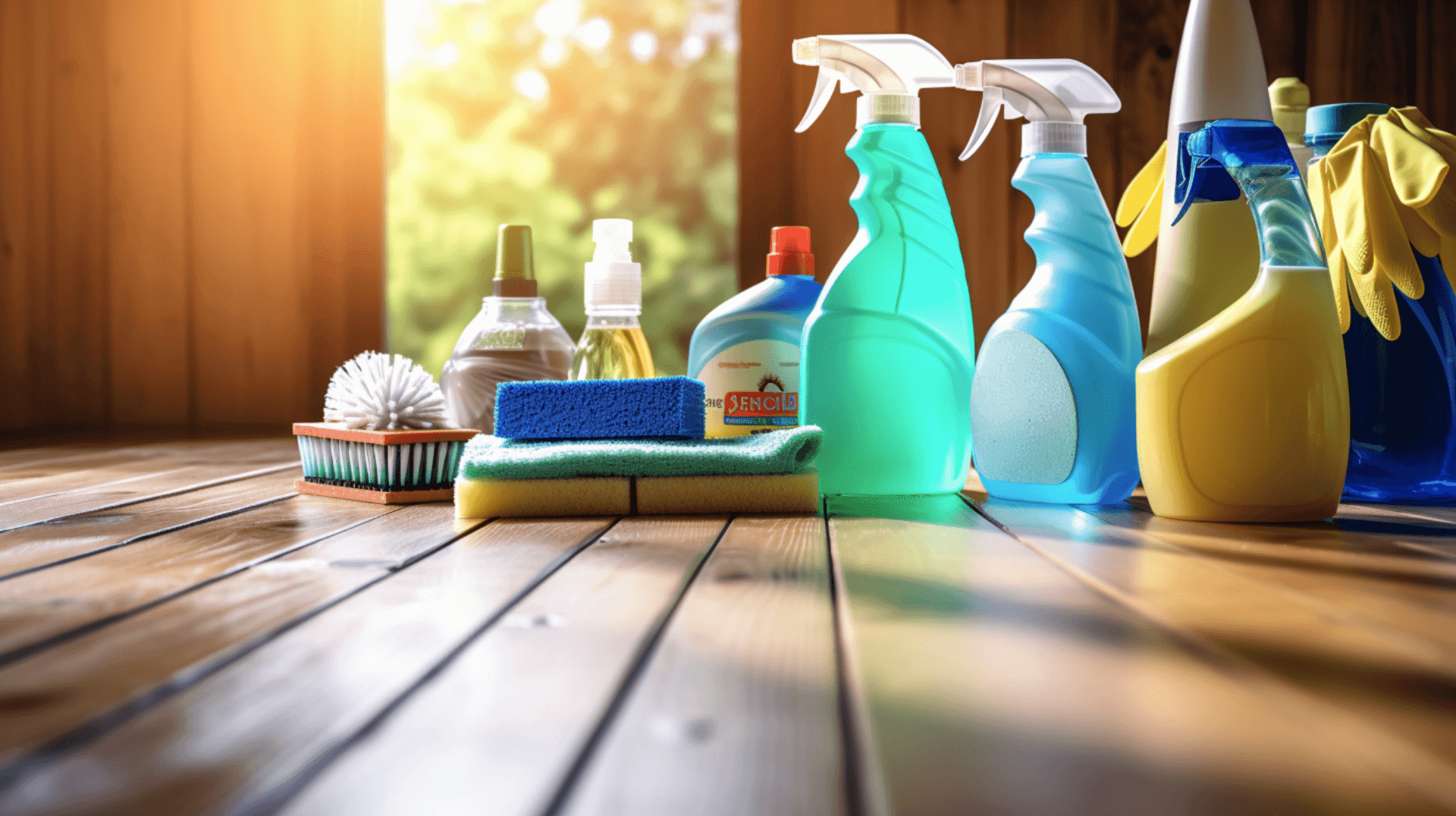
Cleaning and Maintenance: The Key to Mold-Free Wooden Floors
Proper cleaning and maintenance are crucial for keeping wooden floors free of mold and mildew. To ensure thorough cleaning and disinfection, homeowners and business owners should follow these best practices:
- Use the right cleaning products: When cleaning mold and mildew from wooden floors, it is important to choose a cleaning solution specifically designed for wooden floors and contains an anti-mold and mildew agent. This will ensure effective removal and prevention of their growth.
- Vacuum and mop regularly: Regular vacuuming and mopping are essential for removing dirt, dust, and debris that can accumulate on wooden floors and create an environment for mold and mildew to thrive. By vacuuming the floors to remove loose particles and then mopping with a damp mop using the appropriate cleaning solution, you can effectively eliminate potential sources of mold and mildew.
- Use a steam cleaner: Steam cleaners are an effective way to clean and disinfect wooden floors. The steam penetrates deep into the wood, killing mold and mildew spores and preventing further growth. it is important to exercise caution when using steam cleaners on certain types of wood, as excessive moisture can damage the floor.
- Use a dehumidifier: Dehumidifiers can help reduce the humidity levels in the room, making it less hospitable for mold and mildew growth. By maintaining humidity levels below 50%, you can effectively prevent the growth of mold and mildew on your wooden floors.
- Seal the wood: Sealing the wood can help protect it from moisture and inhibit the growth of mold and mildew. Applying a sealant or finish to the wooden floors creates a barrier that prevents moisture from penetrating the wood, reducing the risk of mold and mildew growth.
By following these cleaning and maintenance practices, homeowners and business owners can ensure that their wooden floors are thoroughly cleaned, disinfected, and protected from mold and mildew. Regular cleaning, the use of appropriate cleaning products, and vigilance are key to maintaining mold-free wooden floors.
Repairing Mold and Mildew Damage on Wooden Floors
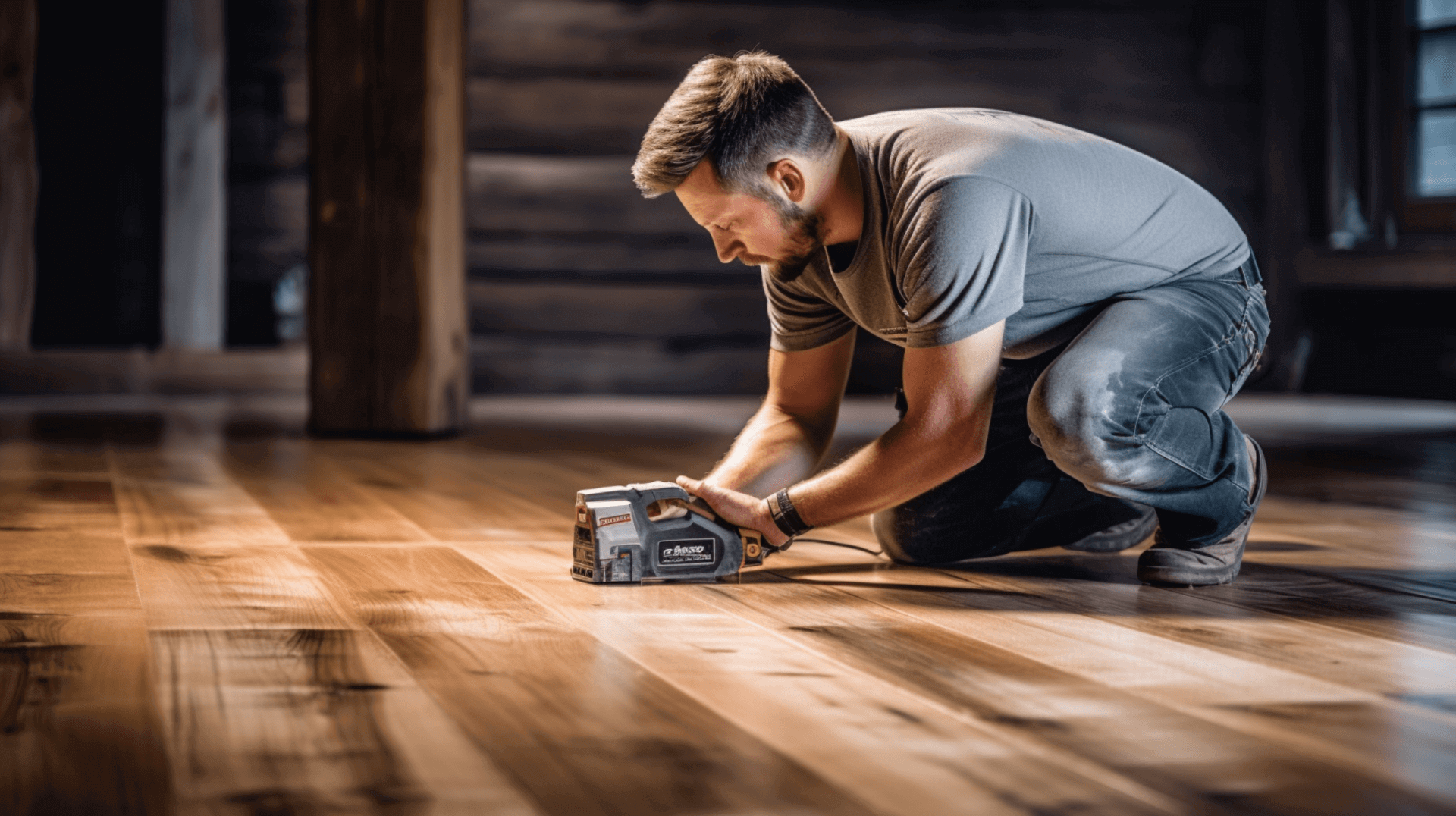
Repairing Mold and Mildew Damage on Wooden Floors
Repairing damage caused by mold and mildew on wooden floors can be a challenging task. To ensure effective repair and restoration, homeowners and business owners should follow these best practices:
- Remove the mold and mildew: The first step in repairing mold and mildew damage is to thoroughly remove all traces of mold and mildew from the wooden floor. This can be achieved by using a cleaning solution specifically designed for wooden floors and containing an anti-mold and mildew agent. Ensure that the cleaning solution is applied to all affected areas and follow the manufacturer’s instructions for optimal results.
- Assess and repair the damage: Once the mold and mildew have been eliminated, it is important to assess the extent of the damage and repair any visible signs. Sanding the affected areas can help remove any discoloration or stains caused by the mold and mildew. Additionally, visual inspection of all exposed timbers should be done to detect any internal decay in large-section timbers. Probing the wood with a sharp implement, like a bradawl, and sounding it with a large hammer can help detect any decay or weakened areas. If decay is detected, consult a professional for appropriate repair methods, such as filling and refinishing the wood.
- Seal the wood: Sealing the wood is crucial to protect it from moisture and prevent further mold and mildew growth. Choose a high-quality wood sealant or finish that is specifically designed for wooden floors and provides adequate protection against moisture. Apply the sealant or finish according to the manufacturer’s instructions, ensuring even coverage and allowing sufficient drying time.
By following these best practices, homeowners and business owners can effectively repair mold and mildew damage on wooden floors and restore their appearance and structural integrity. Regular maintenance and vigilance are key to preventing future mold and mildew growth and preserving the longevity of wooden floors.
The Role of Humidity in Mold and Mildew Growth
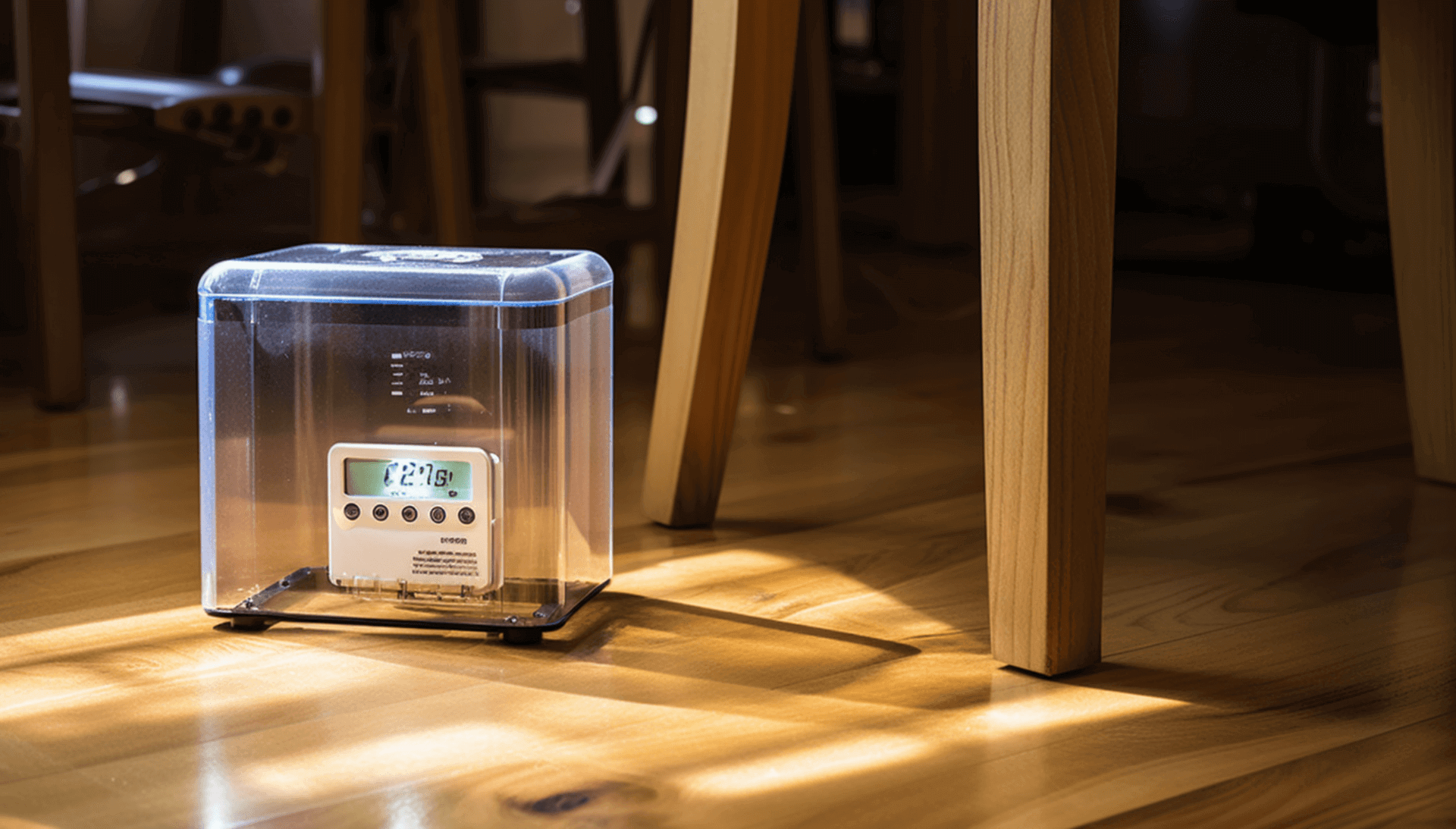
The Role of Humidity in Mold and Mildew Growth
Humidity plays an important role in the growth of mold and mildew on wooden floors. High humidity levels create an ideal environment for mold and mildew to thrive, as they provide the moisture necessary for their growth and reproduction. When humidity levels are high, the spores of mold and mildew can germinate and spread, leading to the development of colonies on wooden floors.
To effectively control humidity levels in your home and prevent mold and mildew growth, consider the following measures:
- Use a dehumidifier: A dehumidifier is an excellent tool for reducing humidity levels in the room. It helps extract excess moisture from the air, making it less conducive for mold and mildew growth. Choose a dehumidifier that suits the size of the room and ensure it is properly maintained and regularly emptied to maintain optimal performance.
- Ensure proper ventilation: Proper airflow and ventilation are crucial in controlling humidity levels. Open windows to allow fresh air circulation, use exhaust fans in moisture-prone areas like bathrooms and kitchens, and consider installing ventilation systems if necessary. These measures help remove excess moisture from the air and prevent the buildup of humidity.
- Monitor humidity levels: Utilize a hygrometer to monitor the humidity levels in your home. Ideally, humidity levels should be kept below 50% to inhibit mold and mildew growth. If the humidity exceeds this threshold, take appropriate measures such as using a dehumidifier or increasing ventilation.
By effectively controlling humidity levels through the use of dehumidifiers, proper ventilation, and monitoring, you can significantly reduce the risk of mold and mildew growth on your wooden floors. Regular maintenance and vigilance are key to preserving the longevity and health of your wooden floors.
Sealing Wooden Floors: An Effective Barrier Against Mold and Mildew
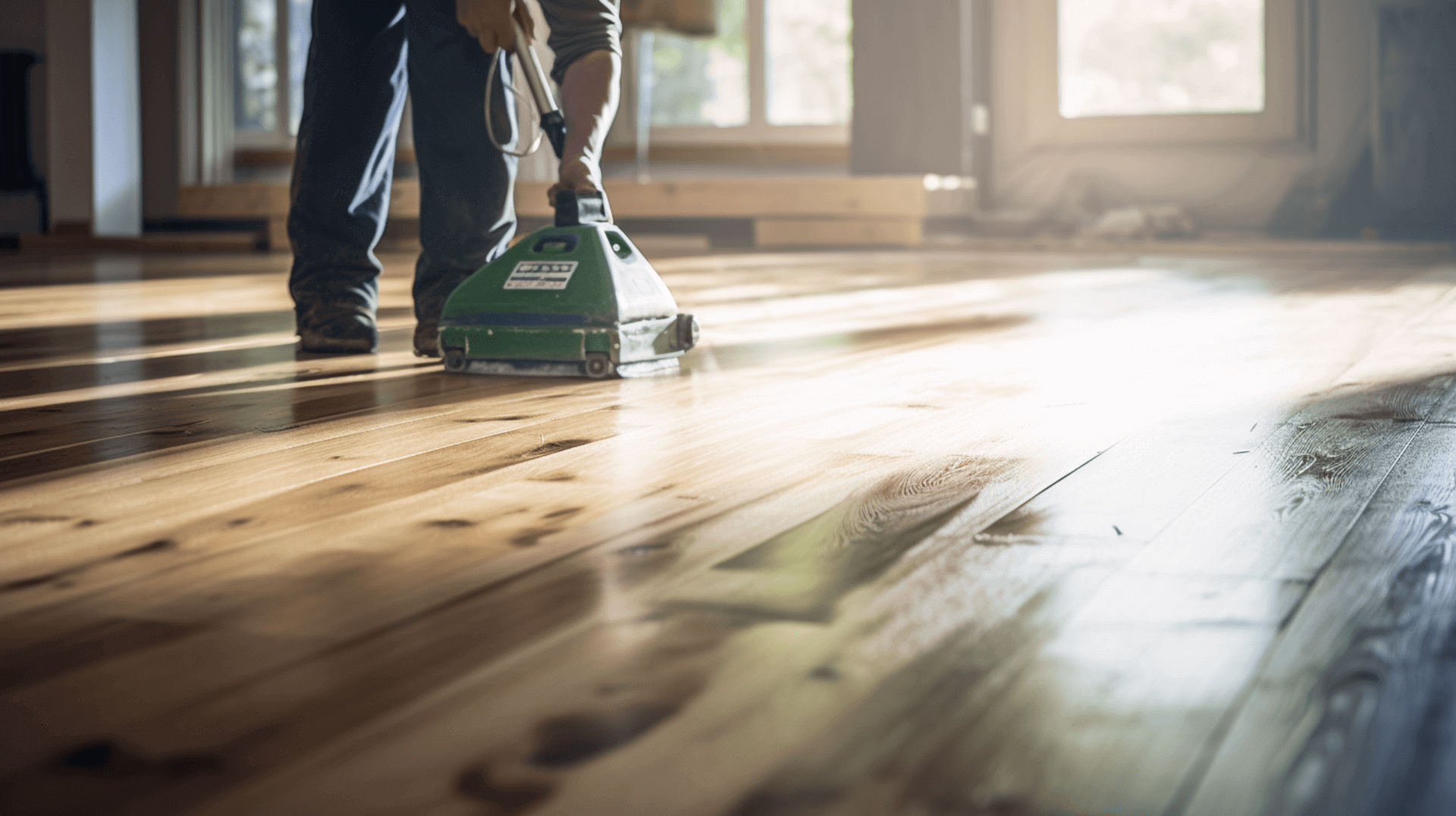
Sealing Wooden Floors: An Effective Barrier Against Mold and Mildew
Sealing wooden floors is an effective way to protect them from moisture and inhibit the growth of mold and mildew. By creating a barrier between the wood and moisture, sealants help prevent the absorption of moisture and reduce the risk of mold and mildew growth.
To ensure optimal protection, consider the following when selecting and applying a sealant for wooden floors:
- Choose the right sealant: Select a sealant that is specifically designed for wooden floors and provides adequate protection against moisture. Look for sealants that contain anti-mold and mildew agents, as these can help prevent the growth of mold and mildew. Additionally, high-performance rigid insulation boards are often the best materials to insulate an existing concrete slab floor, as they provide excellent thermal performance.
- Apply the sealant correctly: Ensure that the sealant is applied evenly and according to the manufacturer’s instructions. Allow sufficient drying time between coats and make sure the sealant is completely dry before walking on the floor. It is also recommended to lay a damp-proof membrane underneath the insulation, taking care to overlap any damp-proof course in the external walls. This additional step provides extra protection against moisture.
By properly selecting and applying a suitable sealant, homeowners and business owners can effectively protect their wooden floors from moisture and prevent the growth of mold and mildew. This not only preserves the appearance and structural integrity of the wood but also contributes to a healthier and cleaner environment.
The Importance of Regular Inspection for Mold and Mildew
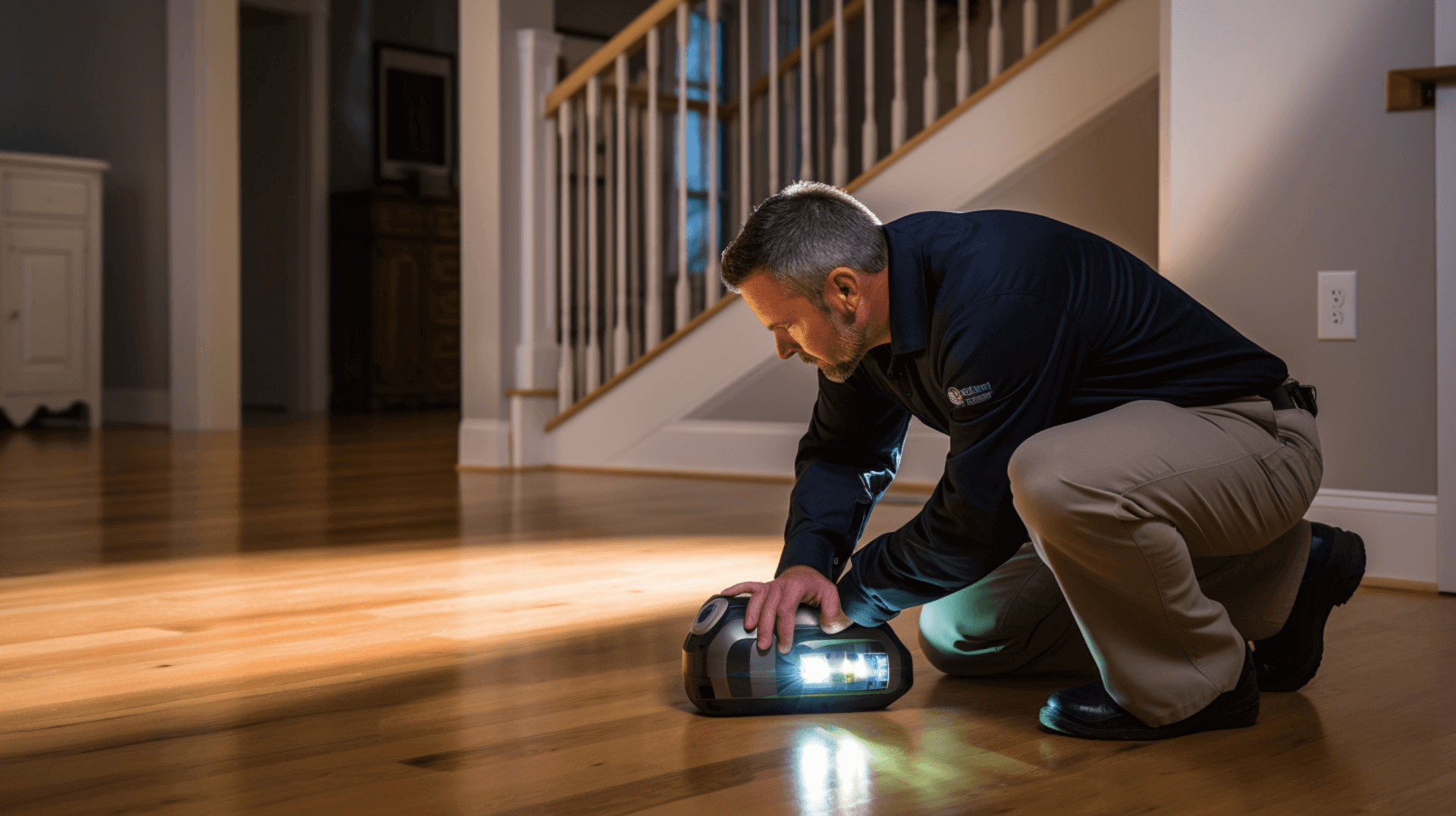
The Importance of Regular Inspection for Mold and Mildew
Regular inspection of wooden floors is essential in preventing the growth of mold and mildew. By regularly inspecting the floors, homeowners and business owners can identify any potential issues and take appropriate measures to prevent the growth of mold and mildew.
When inspecting wooden floors, look for the following signs:
- Discoloration or staining: Discoloration or staining of the wood is a common sign of mold and mildew growth. If you notice any discoloration or staining, it is important to take immediate action to prevent further growth.
- Fungal growths: Fungal growths, such as mushrooms, are a sure sign of mold and mildew growth. If you notice any fungal growths, it is important to take immediate action to remove them and prevent further growth.
- Warping or cracking: Warping or cracking of the wood is another sign of mold and mildew growth. If you notice any warping or cracking, it is important to take immediate action to repair the damage and prevent further growth.
In addition to these signs, it is also important to check the insulation of the floor to ensure it meets the required standards. Proper insulation helps prevent moisture buildup, which can contribute to mold and mildew growth.
Regular inspections should be conducted at least once a month to ensure early detection and prevention of mold and mildew growth. By staying vigilant and addressing any signs of mold and mildew promptly, homeowners and business owners can maintain the longevity and health of their wooden floors.
Professional Wooden Floor Sanding: A Solution for Mold and Mildew
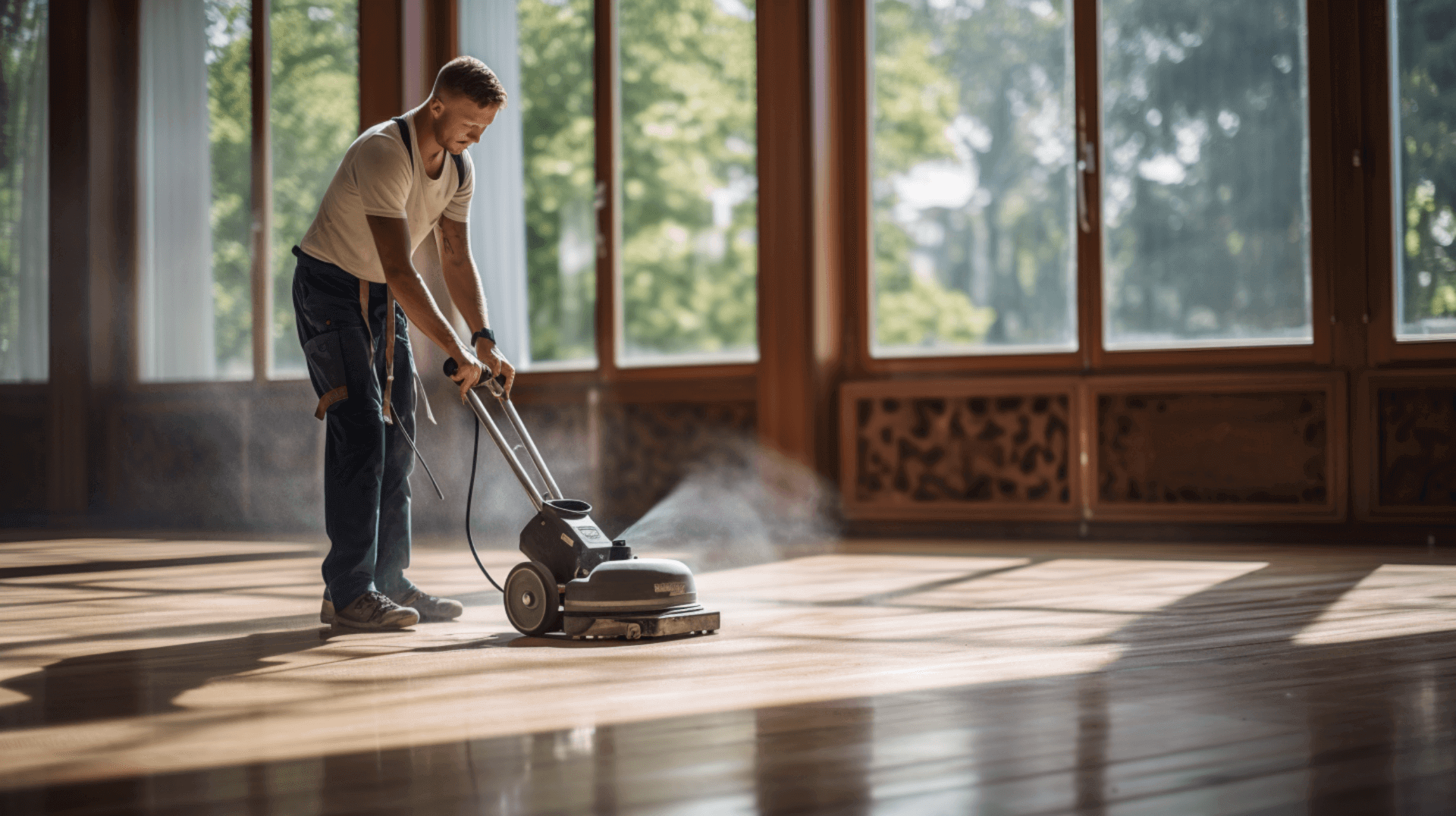
Professional Wooden Floor Sanding: A Solution for Mold and Mildew
Wooden floor sanding is an effective solution for preventing the growth of mold and mildew. By removing the top layer of the wood, sanding helps eliminate any existing mold and mildew and prevents further growth. Additionally, sanding strengthens the wood, making it more resistant to damage and wear, and improves the air quality by eliminating mold and mildew spores.
Professional wooden floor sanding offers numerous benefits, including enhanced appearance, increased durability, and improved air quality. GJP Floor Sanding is a reputable company that specializes in providing efficient and effective floor sanding services. Our experienced team of floor sanders utilizes state-of-the-art equipment and techniques to ensure a high-quality finish. We also employ dustless sanding systems to minimize dust during the sanding process, promoting a cleaner and healthier environment.
In addition to sanding, GJP Floor Sanding offers services such as the installation of insulation below the floorboards, including spray foam, to create a more moisture-resistant environment. We can also provide damp-proof courses, water and gas pipe insulation, electrical wiring, flue insulation, and underfloor heating. Our comprehensive approach ensures that all necessary measures are taken to prevent mold and mildew growth and maintain the longevity of the wooden floors.
By opting for professional wooden floor sanding services, like those provided by GJP Floor Sanding, homeowners and business owners can effectively protect our wooden floors from mold and mildew. This not only enhances the aesthetic appeal and durability of the floors but also contributes to a healthier and cleaner indoor environment.
Expert Advice: Tips from GJP Floor Sanding Professionals
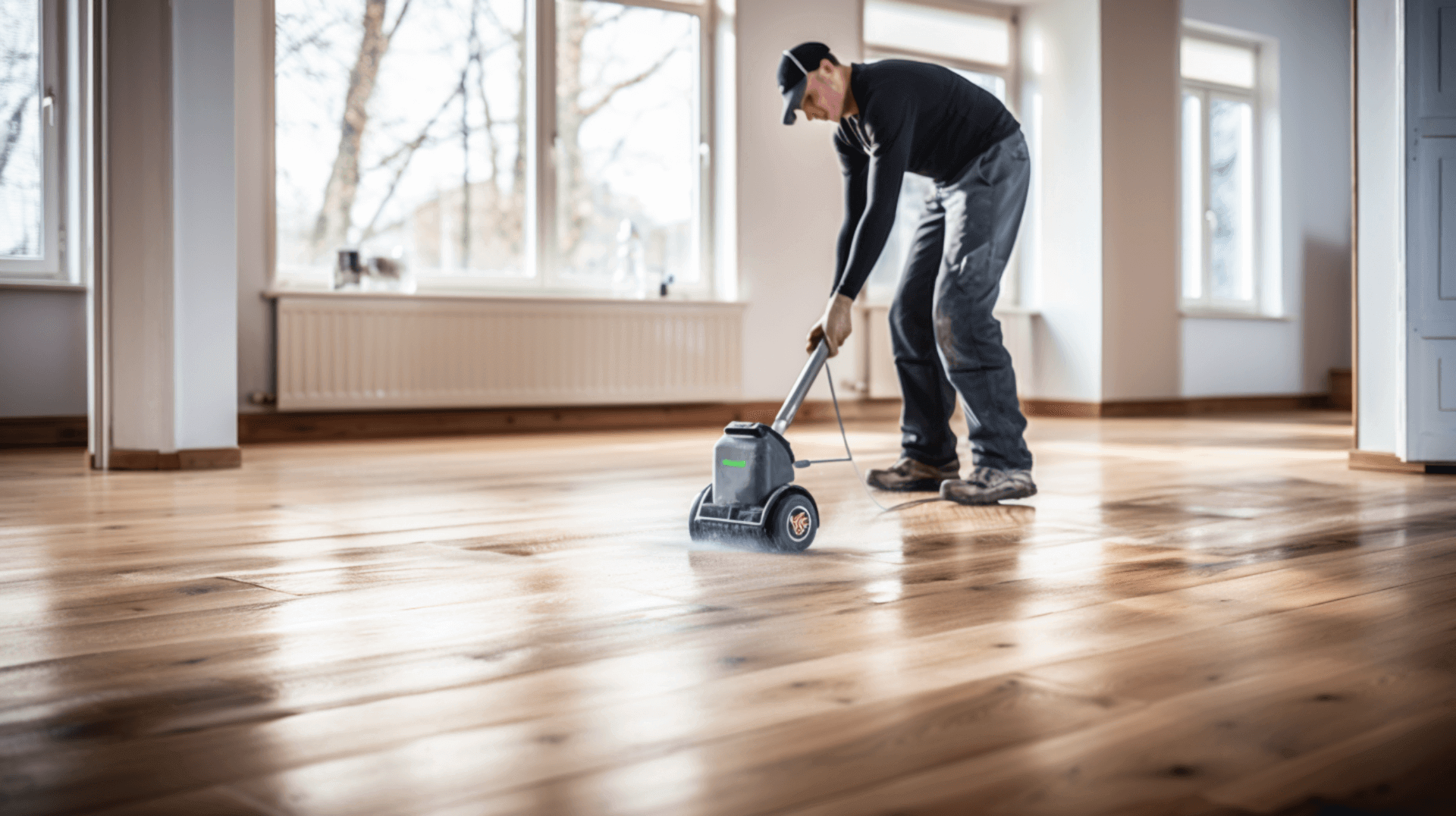
Expert Advice: Tips from GJP Floor Sanding Professionals
GJP Floor Sanding professionals offer expert advice on maintaining wooden floors and preventing mold and mildew. Here are some refined tips based on the additional context:
- Regular cleaning: Regularly clean the floors with a damp mop or cloth to remove dirt and debris that can contribute to mold and mildew growth. This also helps prevent the buildup of moisture.
- Proper ventilation: Ensure that the room is properly ventilated to reduce the risk of moisture buildup. Open windows and doors regularly to allow for adequate air circulation. Consider using fans or dehumidifiers to further control humidity levels.
- Sealant application: Apply a sealant specifically designed for wooden floors to create a protective barrier against moisture. This helps prevent the absorption of moisture and reduces the risk of mold and mildew growth.
- Visual inspection: Conduct regular visual inspections of the floors to identify any signs of mold and mildew growth. Look for discoloration, staining, or fungal growths, and take immediate action if any are found.
- Check for pipes and services: Inspect the condensate voids for the presence of pipes or services in the sub-floor area. If pipes are present, ensure we are properly insulated to prevent freezing and moisture buildup.
By following these expert tips from GJP Floor Sanding professionals, homeowners and business owners can effectively maintain the health and beauty of our wooden floors while preventing the growth of mold and mildew.
Ready to Protect Your Wooden Floors? Contact GJP Floor Sanding
Ready to Protect Your Wooden Floors? Contact GJP Floor Sanding
GJP Floor Sanding is the trusted choice for wooden floor care. We offer a comprehensive range of services to protect and maintain the health and beauty of wooden floors, including sanding, insulation, damp-proof courses, and more. Our experienced team of floor sanders utilizes state-of-the-art equipment and techniques to ensure a high-quality finish.
GJP Floor Sanding can help homeowners and business owners prevent and treat mold and mildew growth on our wooden floors. Our services include sanding, insulation, damp-proof courses, water and gas pipe insulation, electrical wiring, flue insulation, and underfloor heating. We also employ dustless sanding systems to minimize dust during the sanding process, promoting a cleaner and healthier environment. Additionally, we provide advice events and workshops to educate customers on best practices for maintaining wooden floors and preventing mold and mildew.
In addition to our services, GJP Floor Sanding offers a Guide to Best Practice Retrofit Floor Insulation – Suspended Timber Floors. This guide outlines the benefits of retrofit floor insulation, provides information on suspended timber floor classification and identification, covers health and safety considerations, explains safe systems of work, and provides guidance on the isolation of services and mains supply. By following the recommendations in this guide, homeowners and business owners can ensure proper insulation and prevent issues such as mold and mildew growth. GJP Floor Sanding also provides energy-saving solutions to help you reduce your energy consumption and save on utility bills.
By contacting GJP Floor Sanding, you can benefit from our expertise in wooden floor care, our range of services, our educational resources, and our energy-saving solutions. We are committed to helping you protect and maintain the health of your wooden floors while providing guidance on best practices and helping you create an energy-efficient home.
